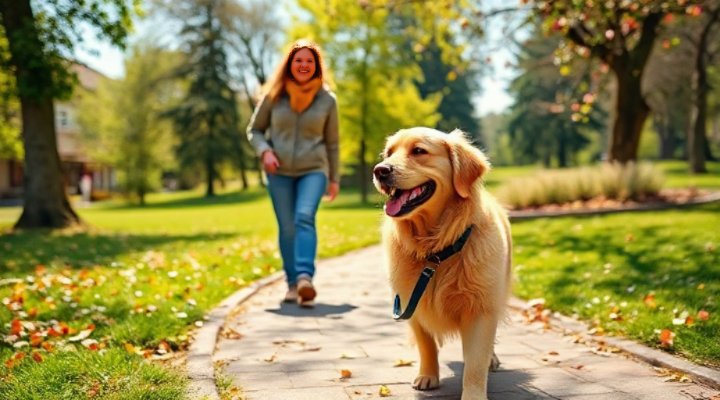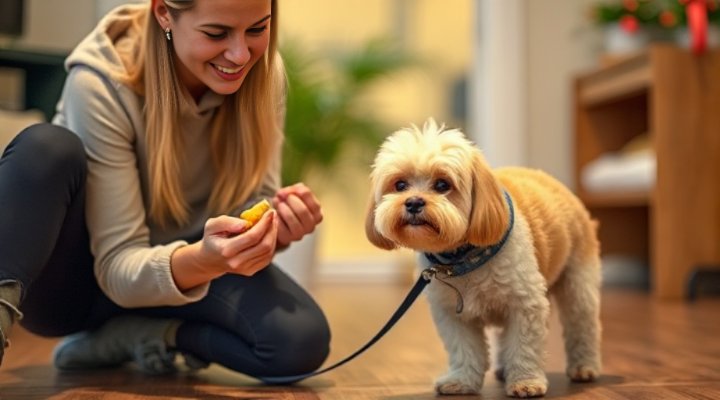Teaching your dog to walk on a leash is one of the most important skills you can impart. Not only does it ensure their safety, but it also makes your walks enjoyable rather than a tug-of-war. In other words, a well-leash-trained dog is a joy to walk, while an untrained one can turn a simple stroll into a stressful event.

Why Leash Training is Essential
First and foremost, leash training keeps your dog safe. A dog that pulls or darts can easily get into dangerous situations, like running into traffic. Moreover, many cities have leash laws, so training your dog to walk politely on a leash is often a legal requirement. For instance, my neighbor’s Labrador once bolted after a squirrel and nearly got hit by a car—thankfully, he was okay, but it was a wake-up call for all of us.
Getting Started: Choosing the Right Gear
Before you begin leash training, you’ll need the right equipment. A sturdy leash and a well-fitted collar or harness are essential. For example, a no-pull harness can be a game-changer for dogs that tend to pull. Additionally, treats and a positive attitude are your best tools. Remember, the goal is to make walking on a leash a positive experience for your dog.

Step-by-Step Leash Training Guide
Step 1: Introduce the Leash Indoors
Start by letting your dog get used to the leash indoors. Clip it on and let them drag it around while you supervise. Reward them with treats and praise for calm behavior. This helps them associate the leash with positive experiences.
Step 2: Practice in a Quiet Area
Once your dog is comfortable with the leash, move to a quiet, familiar area like your backyard. Hold the leash and encourage your dog to walk beside you. Use treats to reward them for staying close. If they pull, stop walking and wait for them to return to your side.

Step 3: Gradually Increase Distractions
As your dog improves, gradually introduce more distractions. Walk in different environments like parks or quiet streets. For example, my own dog, Max, took a while to get used to walking past other dogs, but with consistent training, he now walks calmly by my side.
Step 4: Be Patient and Consistent
Leash training takes time, especially for energetic or stubborn dogs. Consistency is key—practice daily and keep sessions short and positive. Above all, avoid punishing your dog for mistakes; instead, focus on rewarding good behavior.

Common Challenges and Solutions
Many dogs pull on the leash, which can be frustrating. If your dog pulls, stop walking and wait for them to relax. Then, reward them for calm behavior. Another common issue is leash reactivity, where dogs bark or lunge at other dogs or people. For this, socialization classes can be incredibly helpful.
Final Thoughts
Leash training is a journey, not a destination. With patience, consistency, and plenty of treats, your dog will learn to walk politely on a leash. For more tips, check out the American Kennel Club’s guide on leash training. Happy walking!
Related Keywords: leash training for puppies, stop dog pulling on leash, best leash for dog training, how to train a dog to heel, dog walking etiquette

